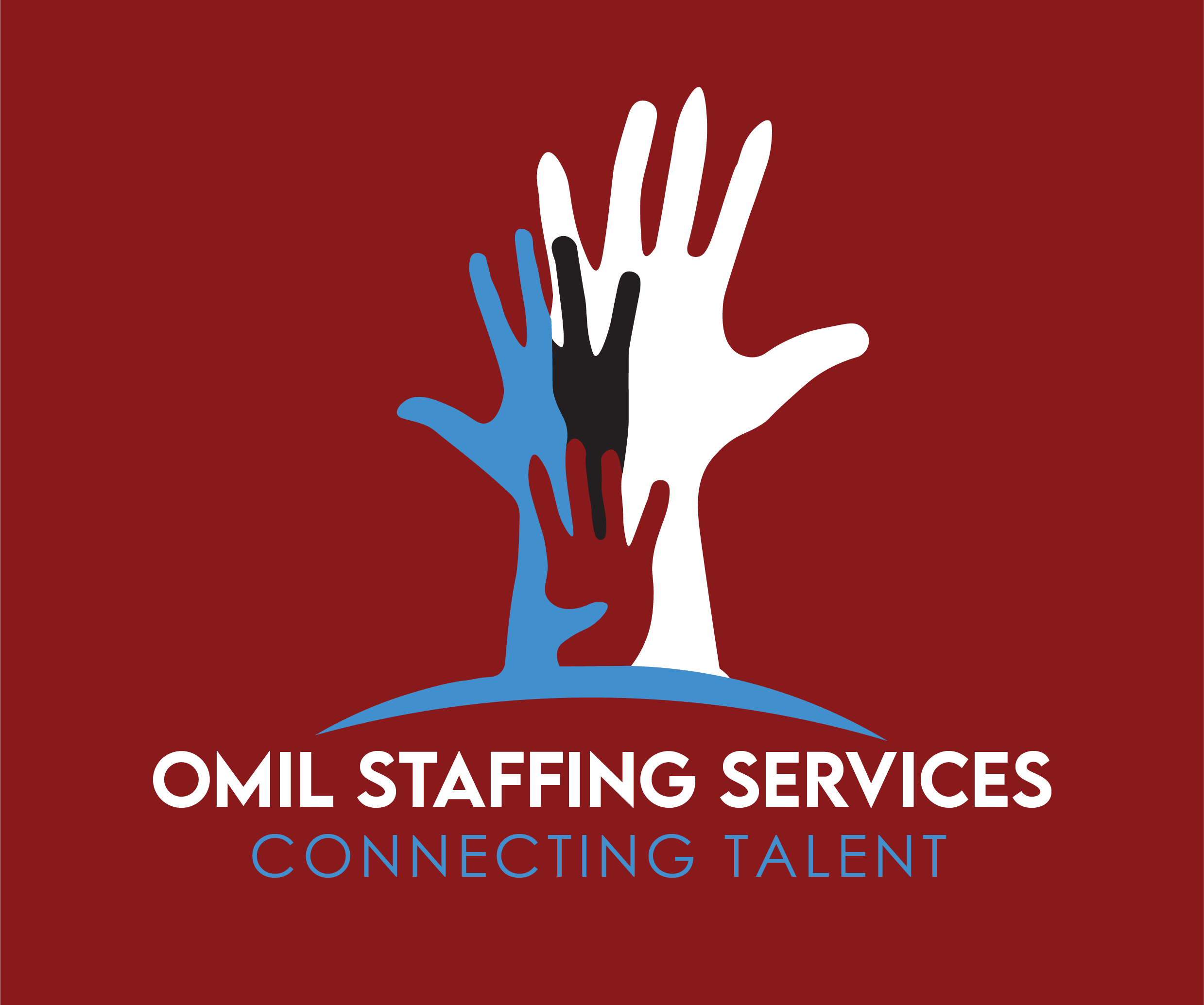Our Recruitment and Selection Process. We have a database of CV’s belonging to some of the best candidates in the industry. We have taken our time to conduct serious mock interviews prior to lodging in their CVs into our database. OMIL STAFFING SERVICES is dedicated to connecting talent. Here goes our recruitment process. The recruiter should submit the job description and all other requirements to us via [email protected] please copy [email protected]. By agreeing to these terms, you also agree to the terms of engagement provided by the company. Please submit the details in good time for ease in the vetting process. Thank you.
The recruitment and placement process typically involves several steps to attract, assess, and hire candidates for job openings. While the specific process may vary depending on the organization and industry, here is a general step-by-step guide to the recruitment and placement process:
Identify Job Opening: The process begins with identifying a job opening within the organization. This could be due to a new position, employee turnover, or business expansion.
Job Analysis and Job Description: Conduct a thorough analysis of the job requirements, responsibilities, and qualifications. Based on the analysis, create a detailed job description that outlines the job title, duties, required skills, experience, and any other relevant information.
Job Advertising: Determine the appropriate channels to advertise the job opening. This can include posting on job boards, company websites, social media platforms, and using recruitment agencies or professional networks.
Application Screening: Review the received applications and resumes to shortlist candidates who meet the minimum requirements outlined in the job description. This screening process helps identify candidates who will move forward to the next stage.
Initial Screening and Interviews: Conduct initial screenings, which may involve phone or video interviews, to further evaluate candidates. This stage helps assess their qualifications, experience, and suitability for the role.
Assessments and Tests: Depending on the position and organization, candidates may be required to complete additional assessments or tests to evaluate their skills, knowledge, or aptitude. This can include technical tests, personality assessments, or work simulations.
Interview Rounds: Conduct in-person or video interviews with shortlisted candidates. These interviews can involve multiple rounds, including panel interviews with various stakeholders within the organization. The purpose is to assess the candidates’ fit for the role, cultural alignment, and potential for growth.
Reference Checks: Contact provided references to gather additional insights about the candidates’ past performance, work ethic, and overall suitability for the position.
Background Checks: Perform background checks, including employment verification, education verification, and criminal record checks, if applicable. This step ensures that the information provided by the candidate is accurate and reliable.
Final Selection and Offer: Based on the interviews, assessments, reference checks, and background checks, select the most suitable candidate for the position. Make a job offer that includes details such as salary, benefits, start date, and any other relevant terms and conditions.
Negotiation and Acceptance: Engage in negotiations with the selected candidate, if necessary, regarding compensation, benefits, or other terms. Once both parties agree, obtain the candidate’s formal acceptance of the job offer.
Onboarding: Facilitate the onboarding process for the new hire, including completing necessary paperwork, providing orientation and training, and integrating them into the organization’s culture and work environment.
It’s important to note that the recruitment and placement process can be iterative, and certain steps may overlap or be modified based on the organization’s specific requirements and recruitment strategy. Additionally, organizations may have additional steps or stages in their process, such as panel presentations, skills assessments, or additional rounds of interviews.






